Google’s New Algorithm Update – Page Experience
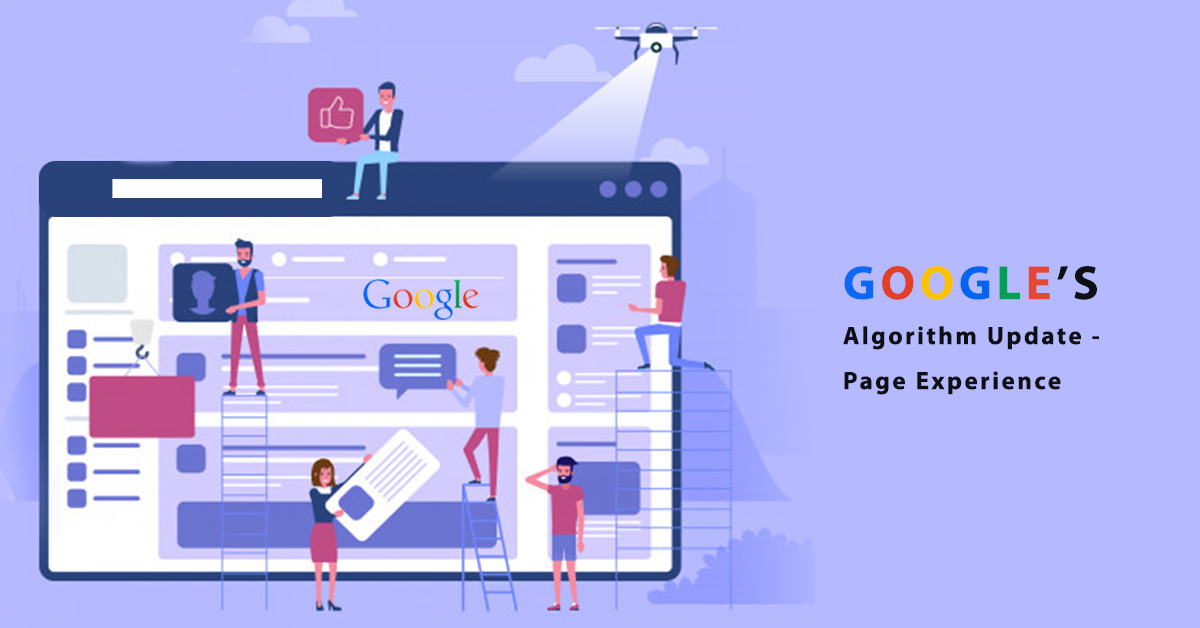
4 min read | By Admin | 08 June 2020 | Technology
Digital Marketers around the globe has gotten a fever ever since Google gave a hint about their next algorithm update. Applicably named as ‘page experience update’, Don’t be anxious now and your website does not go downward because the Google Page Experience Update hasn’t been released yet.
The best part about this update is that it will roll out in 2021 but not in this year. Due to the pandemic going on and many businesses already facing the crisis Google doesn’t want to impose this update on webmasters at the moment.
However, it will be intended to judge web pages dependent on how users comprehend the experience of interaction with a web page.
So, what’s the Google Page Experience Update and how might you plan for it? Here are the things that you need to know.
What is Page Experience?
The page experience signal estimates facets of how users see the experience of collaborating with a web page. Advancing for these elements makes the web increasingly wonderful for users over all web browsers and assists destinations with developing towards user desires on mobile.
The new page experience algorithm utilizes existing Google ranking factors. For instance, the page speed update, the mobile-friendly update, and the HTTPS update are part of the new algorithm. Google is going to refine the metrics that manage with usability and speed.
This update will approach that user-friendly sites will rank higher than sites that aren’t user-friendly. However this change is the beginning of a major transition in SEO.
These sophistications are under what Google calls Core Web Vitals.
What are Core Web Vitals?
Core Web Vitals incorporate user-centered and real-world metrics that decides the health of your web page which is none other than load time, interactivity, and the steadiness of content as it loads.
These core web vitals metrics and the existing ranking metrics make Google’s new page experience algorithm.
These are the core web vitals:
Largest Contentful Paint (LCP): How speedy a web page loads. To afford an eminent user experience, LCP ought to happen within 2.5 seconds of when the page first starts loading.
First Input Delay (FID): Measures interactivity in a web page. To render a user experience, pages should have a FID of less than 100 milliseconds.
Cumulative Layout Shift (CLS): Measures visual stability of a page. To provide a user experience, pages should maintain a CLS of less than 0.1.

Why is Page Experience Update So Crucial?
Google wants to rank the websites at the topmost that users love the overmuch.
Most websites don’t have massive brands and Google realizes that. Thus, if you don’t have a brand, you can even now rank moreover.
What Google is adjusting its algorithm to more closely align with the strategy demonstrating the sites first that users love the most. Brand queries are one of the manners in which they can do this, however user experience is another metric.
Throughout the next few years, many google algorithm updates will be focusing on user experience.
So prepare for this update and optimize your user experience.
Lofty Content is Omnipotent.
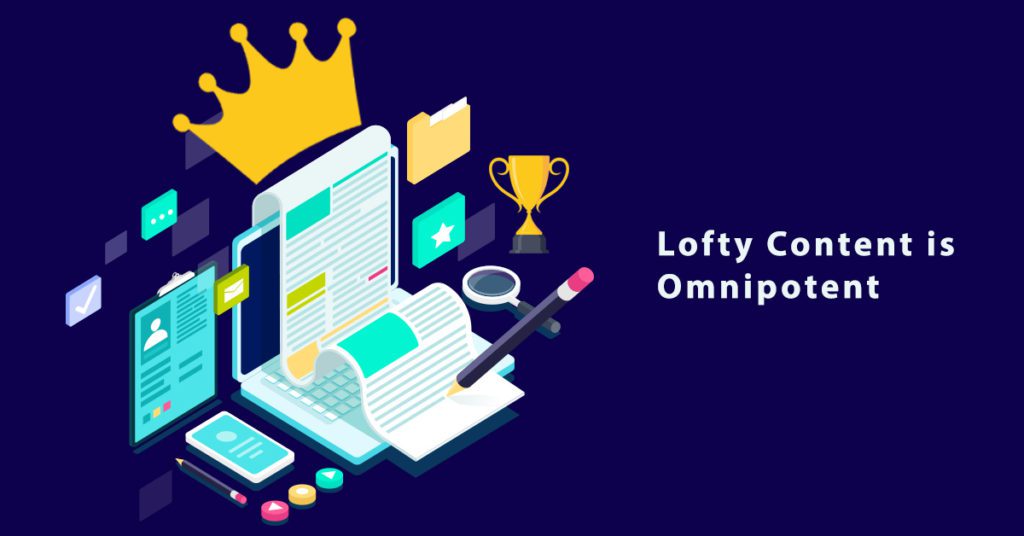
- Google clarified that great content will still rank highly in Google Search, in spite of a poor page experience.
- While the entirety of the elements of page experience are significant, it will rank pages with the best information overall, even if some facets of page experience are supreme.
- Overall page experience becomes much more important for visibility in search.
Optimize Your Website Speed

- If your website loads faster, you’ll have a great experience.
- So, optimize your website loading speed as fast as possible. Make your website load time for both desktop and mobile in under 3 seconds.
- Preferably your website should be loaded in the 1-second range if possible and it will create better user-experience.
Evaluate Your User Experience to Your Rivalries
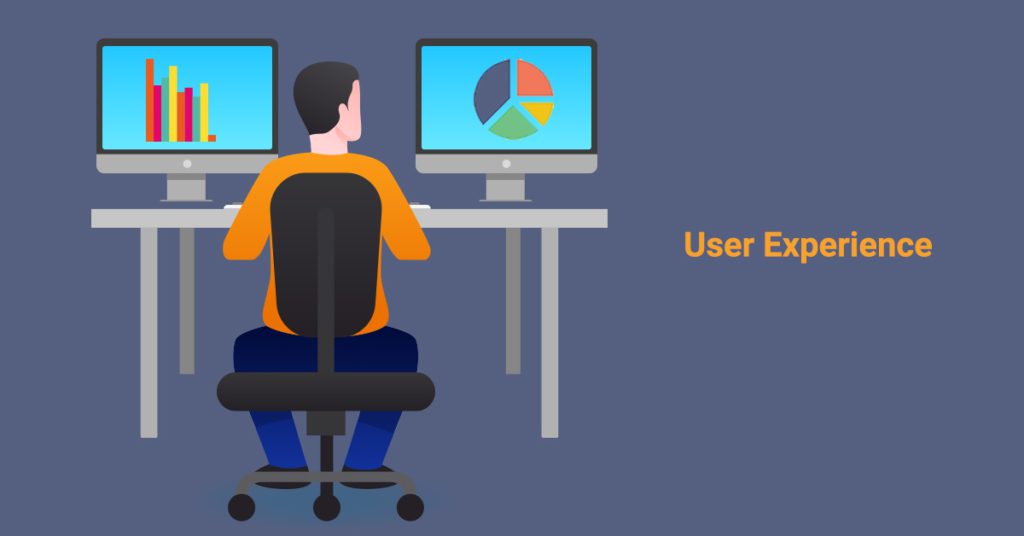
- Compare your user experience with your competitors. So go ahead with tools and analyze your huge competitor.
- When estimating your competition’s user experience, remember how they are satisfying users who search for any of keywords.
- This will give you a conception of what you have to do. But your intention shouldn’t be matched with your competitor, it ought to be to conquer your competition.
Analyze Your Website Design
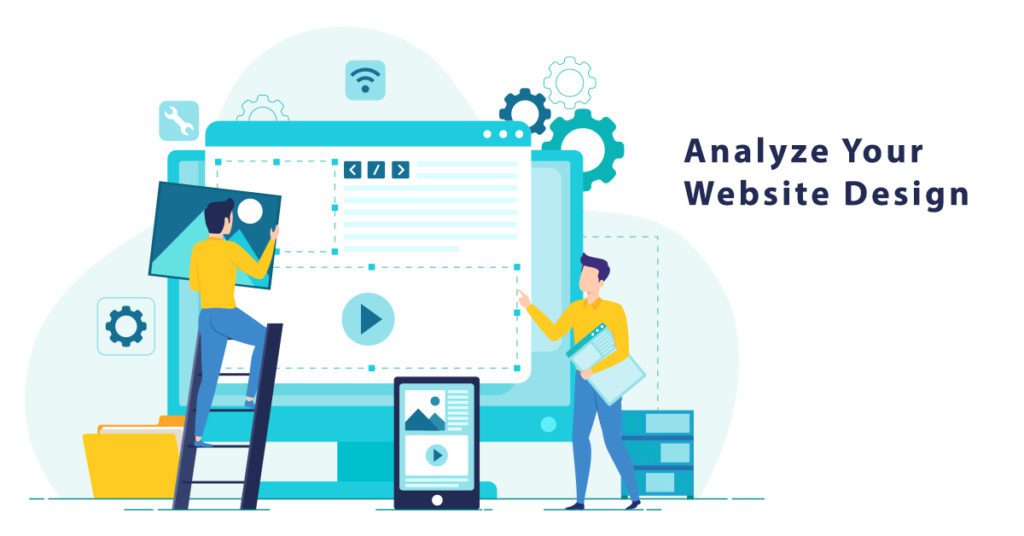
- Integrate your website design to meet the user desires by UX design and viability.
- Diagnose your design based on what the people would use the website and how they feel about it.
- Have insight into what would be the most effective design for the user experience and execute with a better one.
Conclusion
Google assimilates to make their algorithms more effective. Like any algorithm update Google does, anticipate to see various amends over time.
But this update is unique and you have advance announcements, So, take the opportunity to enhance your user experience and go ahead with conquest.
The latest from our editors
Join over 150,000+ subscribers who get our best digital insights, strategies and tips delivered straight to their inbox.
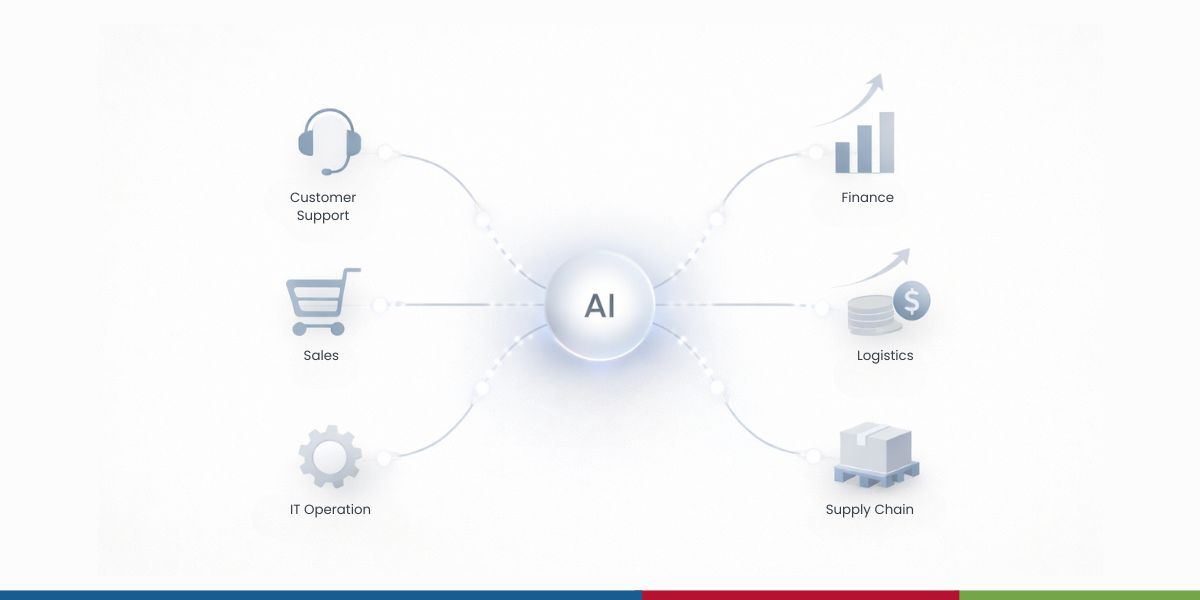


Comments are closed.